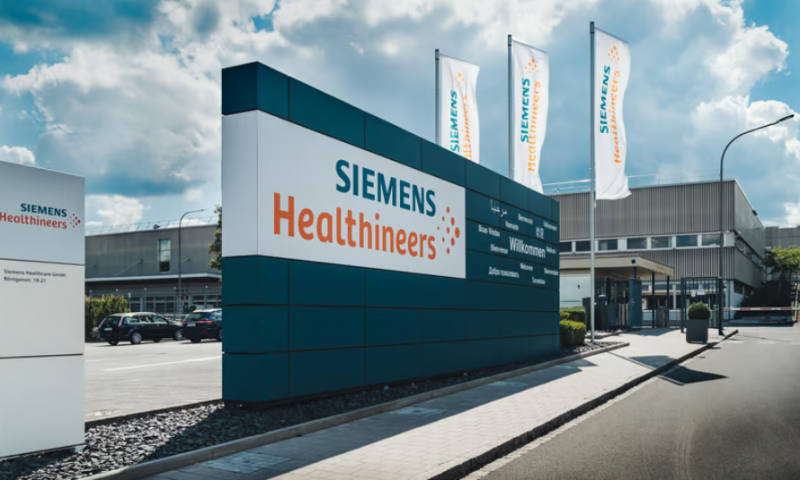Only a few years after Siemens Healthineers put down $1.1 billion to pick up Corindus and its robotic-assisted endovascular surgery system, the medtech giant is tightening the technology’s scope.
Siemens announced in its second-quarter earnings report Wednesday that it’s pulling the CorPath system out of the cardiology space. That’ll narrow its use only to neurology procedures, where Siemens is now working on developing a new version of the robotic surgery system.
“We’ve turned the business into an R&D project,” Jochen Schmitz, Siemens’ chief financial officer, said on a call with investors Wednesday.
“It’s a project now, like every other R&D project, in a very, very attractive field,” Schmitz said, but added, “We’re talking about several years before we go to market and then turn to break even.”
The decision to move the Corindus technology away from cardiology cost Siemens a total of 329 million euros (about $361 million) for “portfolio-related measures,” the bulk of which—244 million euros, to be exact—came from the impairment of certain intangible assets.
Those costs are only expected to hit the company’s bottom line in the second quarter of its fiscal year, with Schmitz assuring investors on Wednesday’s call that “we do not expect any further material charges” linked to the move.
The robotics redirect wasn’t the only change taking a hit to Siemens’ finances for the quarter: The company’s diagnostics segment is also in the midst of a rather rocky period.
Late last year, Siemens outlined a restructuring plan for the segment that it said would save the company about 300 million euros per year once completed. The plan centered around a slim-down of its widespread diagnostic offerings, which would in turn trigger layoffs of an unspecified number of employees.
As the restructuring plan has taken hold this year, so too have its associated costs. For the first half of the year, according to the company’s earnings presentation, it has tallied transformation costs of 111 million euros—out of the up to 150 million euro total it’s expecting for the full year. Severance costs, meanwhile, reached 23 million euros for the first half, leaving about the same amount for Siemens to rack up in the next six months, based on full-year projections of 50 million euros for those charges.
In total, the restructuring is expected to cost Siemens between 350 million euros and 450 million euros by 2025, at which time the 300 million euro savings are on track to kick in.
Elsewhere in the diagnostics business, Siemens saw revenues from its antigen COVID-19 tests dwindle almost to zero: They dropped more than 99% year over year, from 678 million euros during the same period last year to just 4 million euros in the second quarter of fiscal 2023.
Altogether, those various charges and losses helped send Siemens’ quarterly profits plummeting. Its net income fell to 108 million euros ($118.7 million), down about 81% from the 583 million euros in profits that it counted a year prior.
Meanwhile, revenues also slipped—from about 5.46 billion euros to just under 5.35 billion euros, a decrease of 2.1% year over year. The company blamed that decline largely on the COVID testing drop-off, pointing out that if antigen test sales were excluded, its revenues would’ve actually grown more than 11%.
Amid all those changes, Siemens doubled down on its previous forecasts of likely flat revenue growth for the year, with 2023’s earnings expected to land only about 1% away—in either direction—from 2022’s haul.

